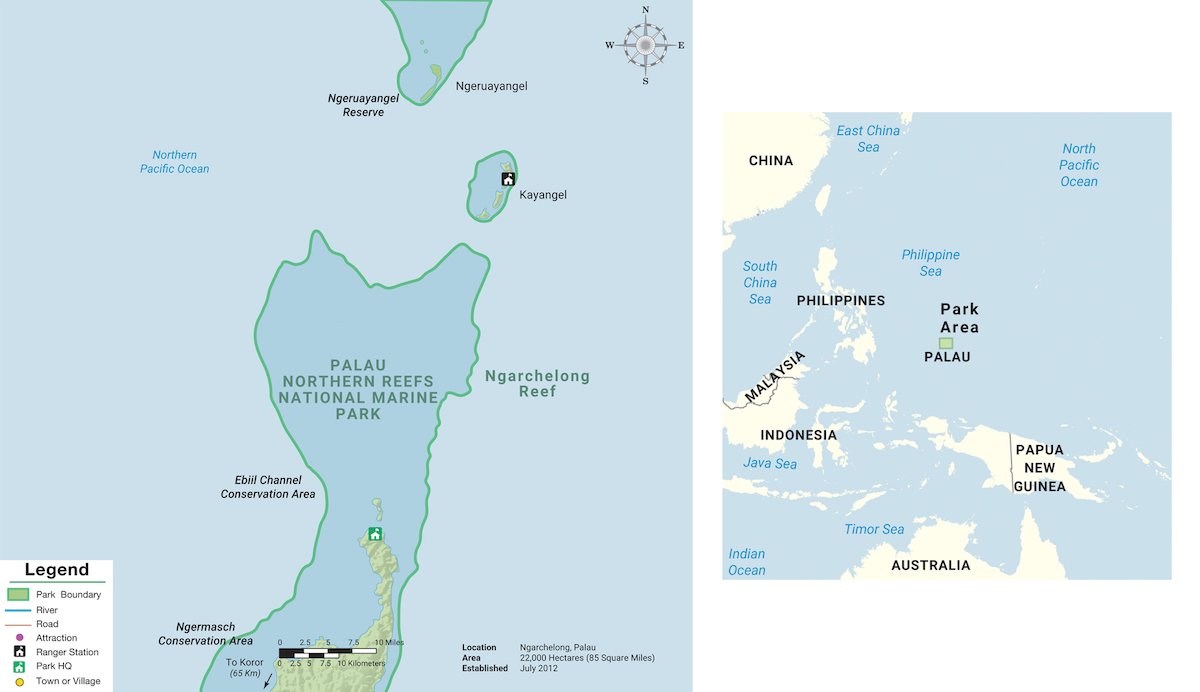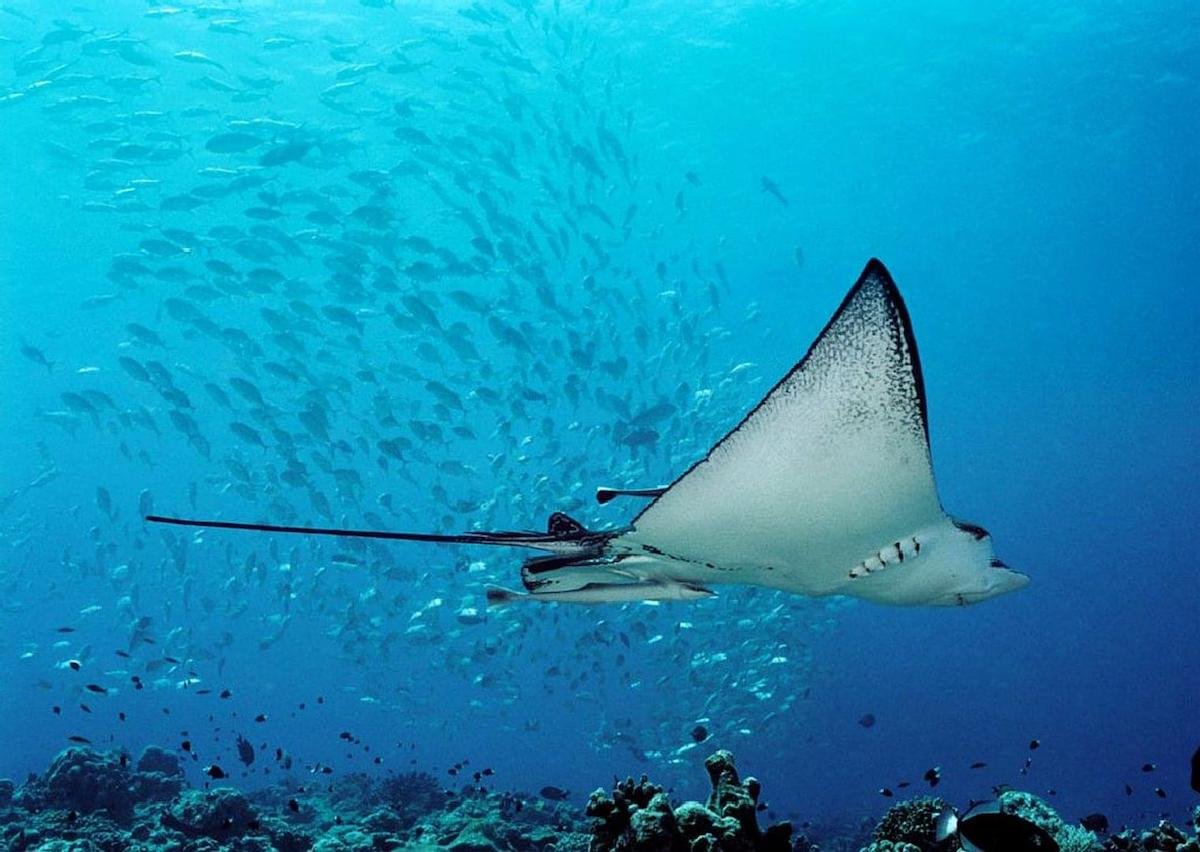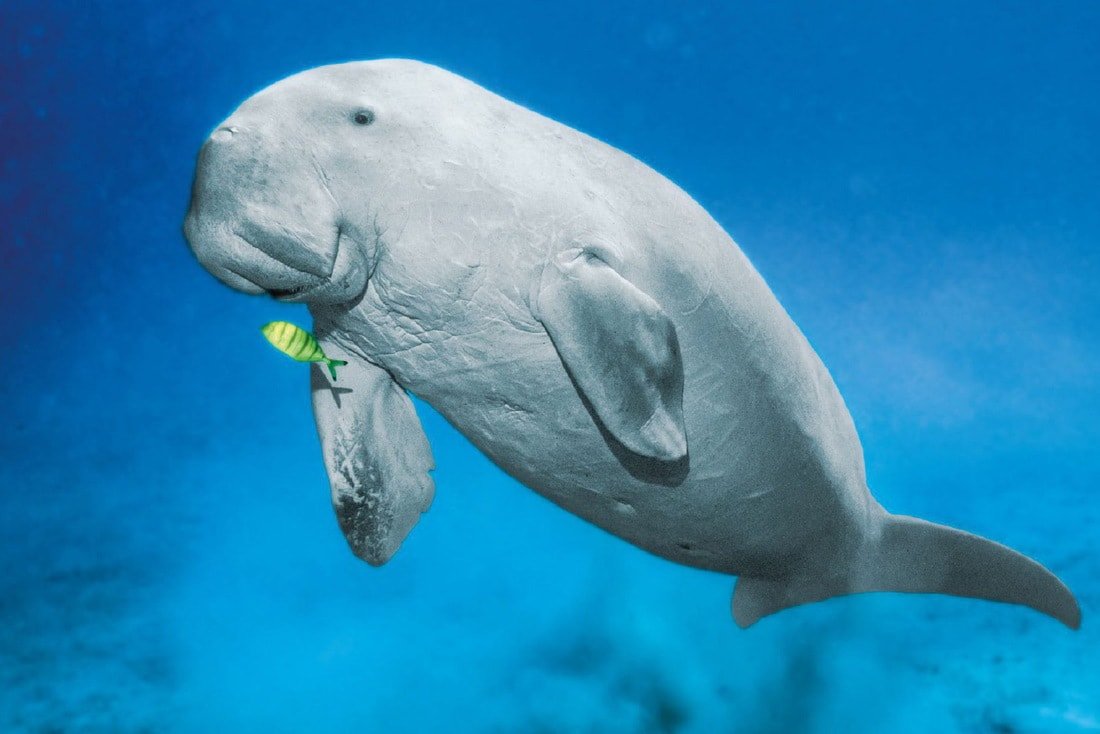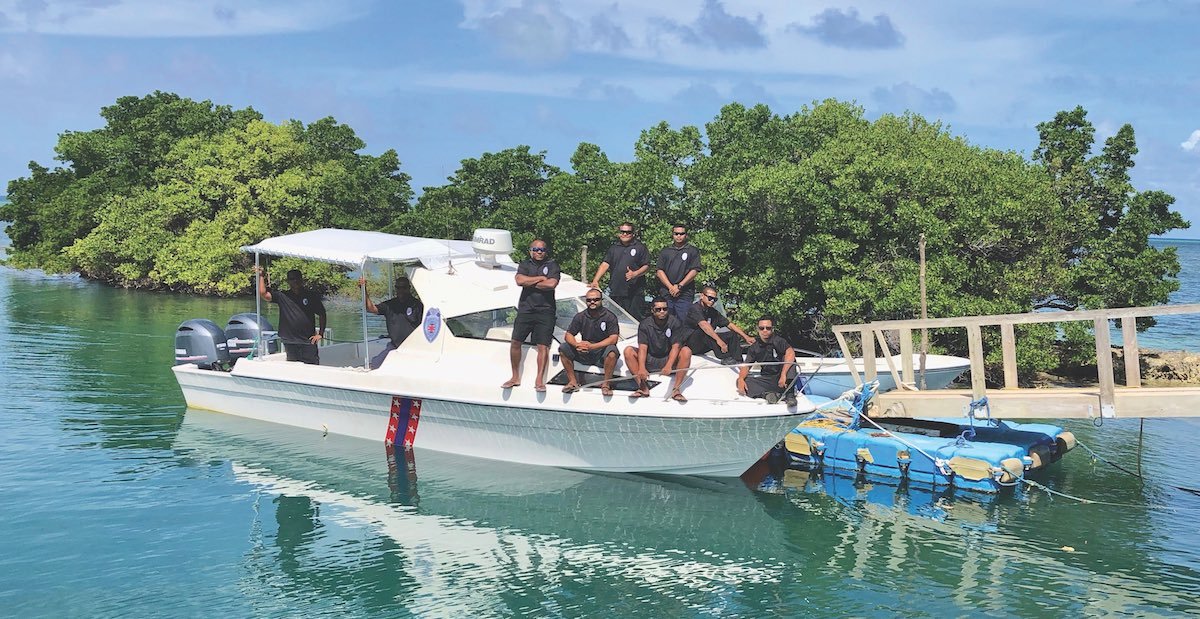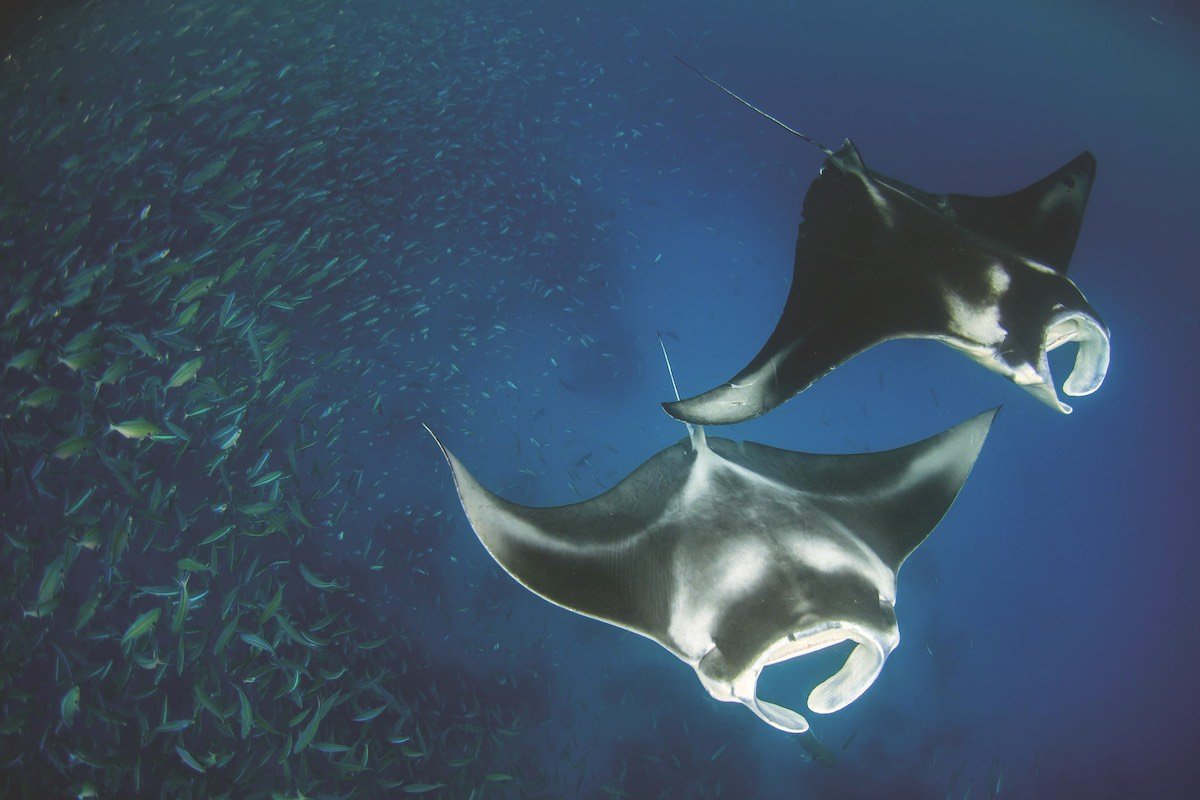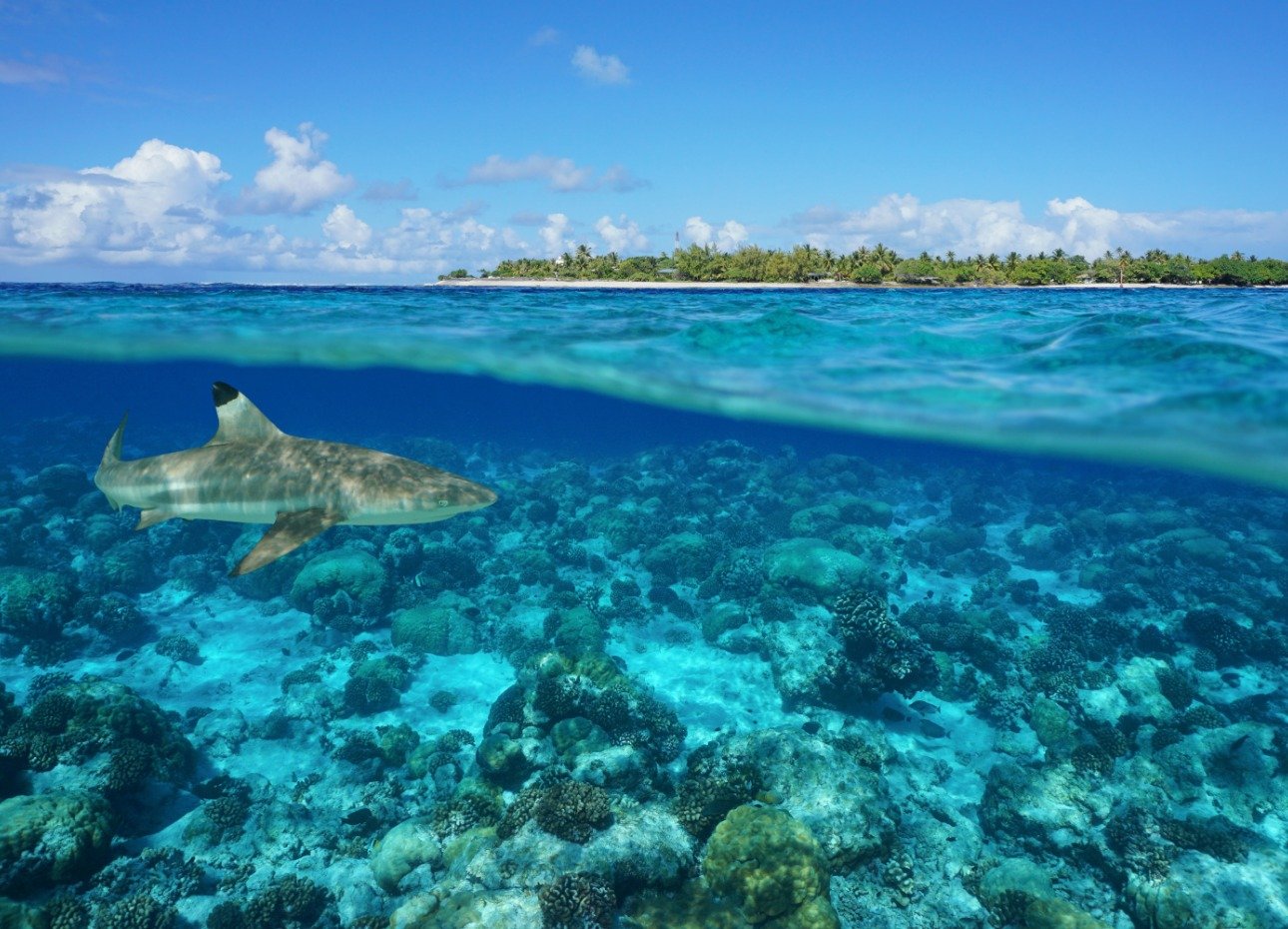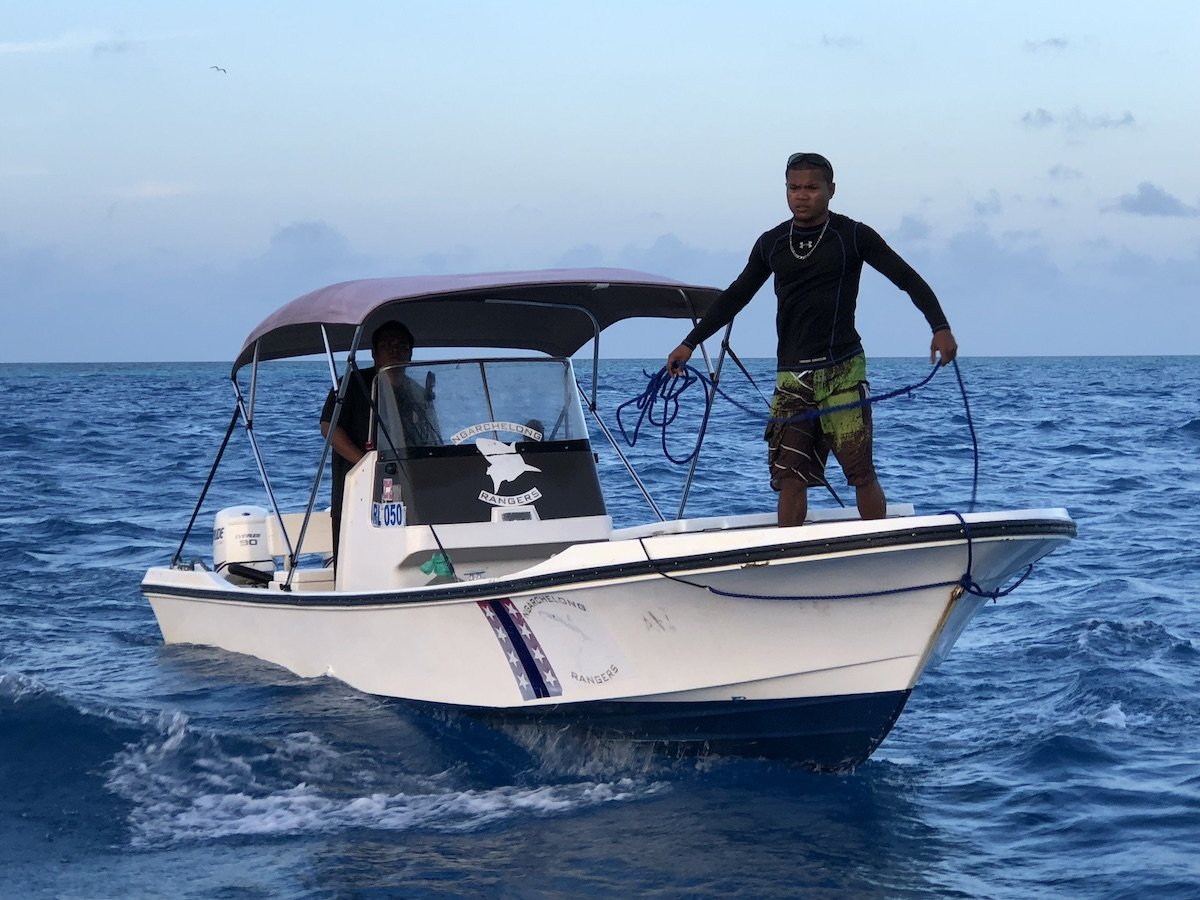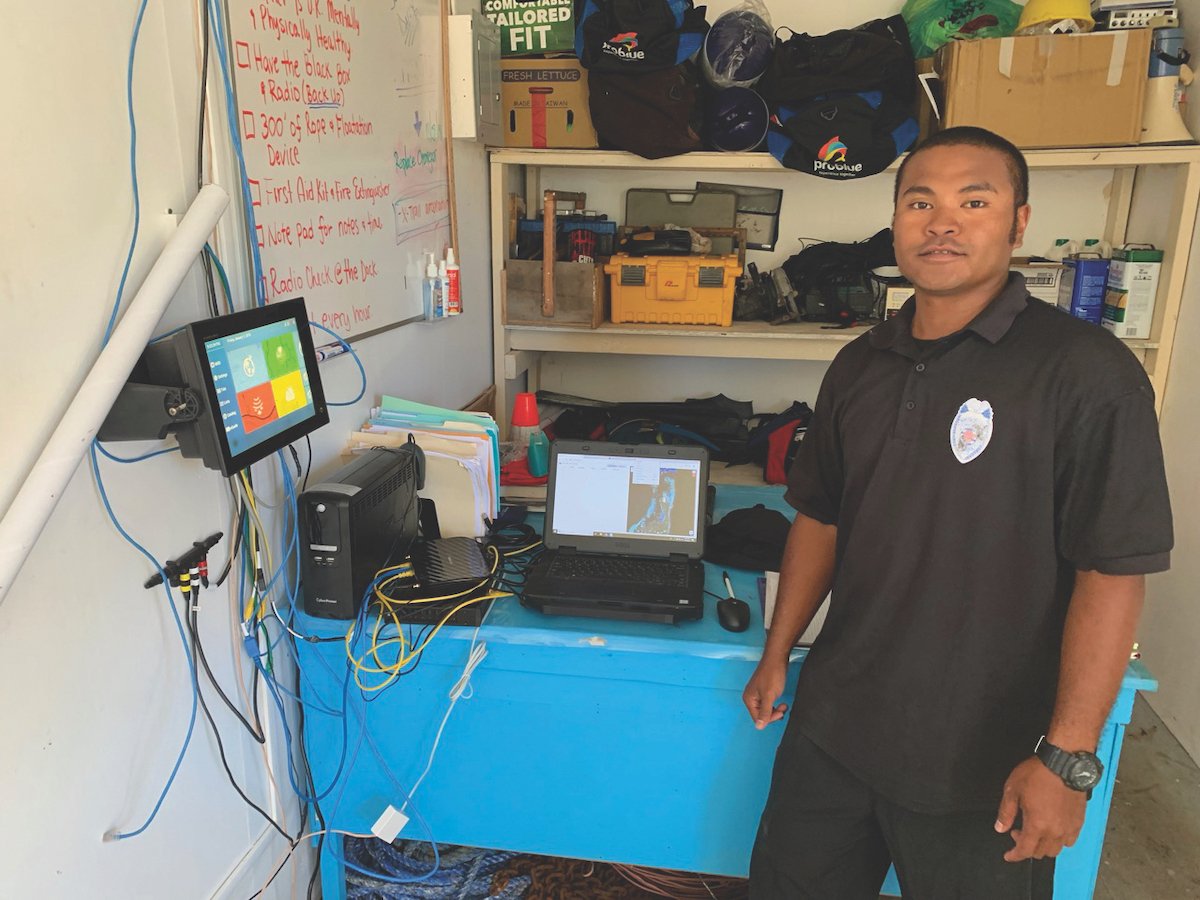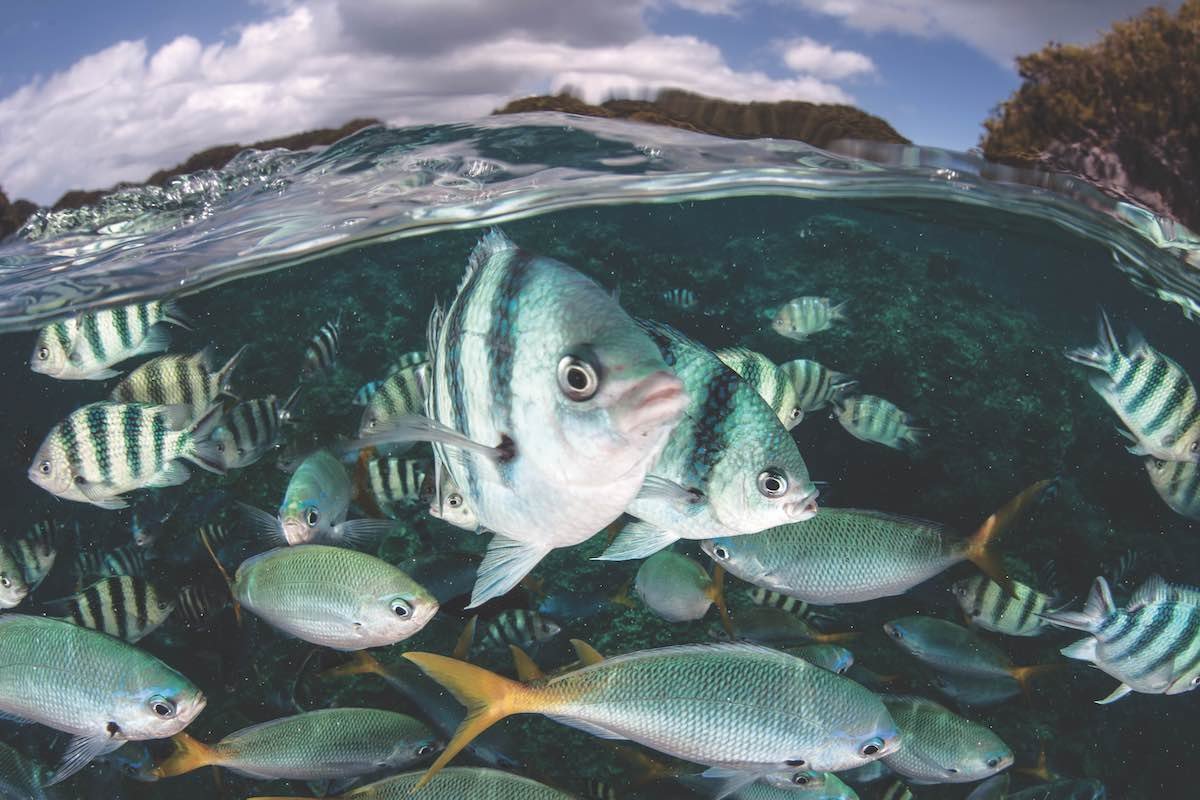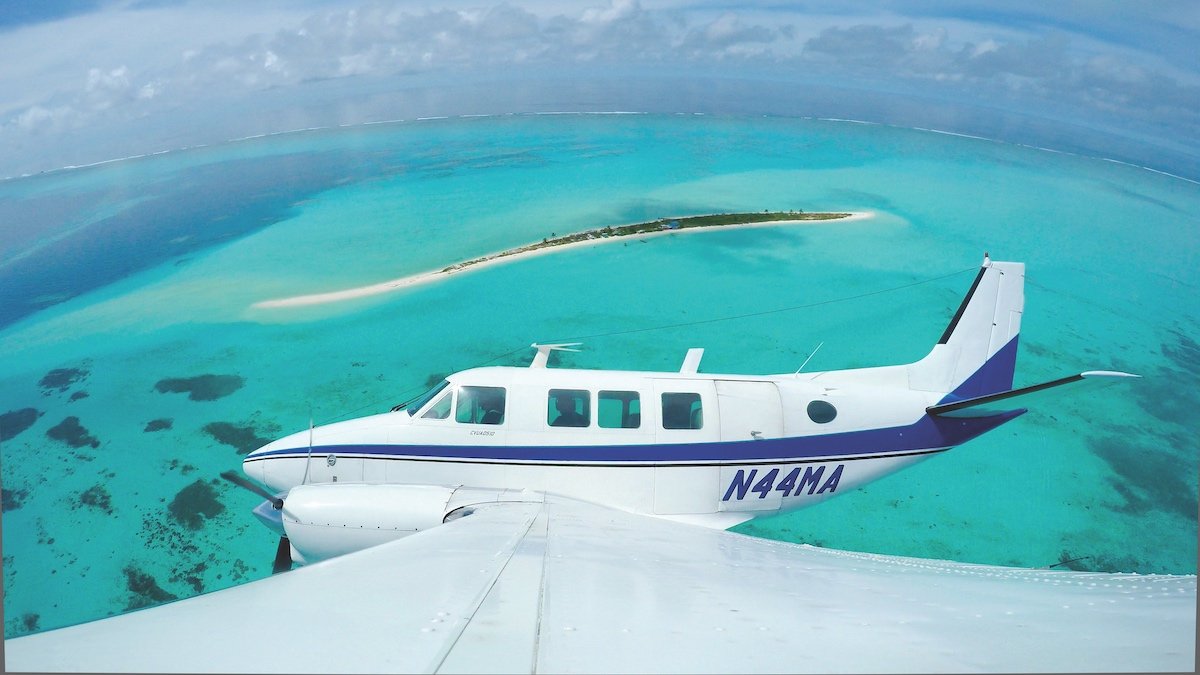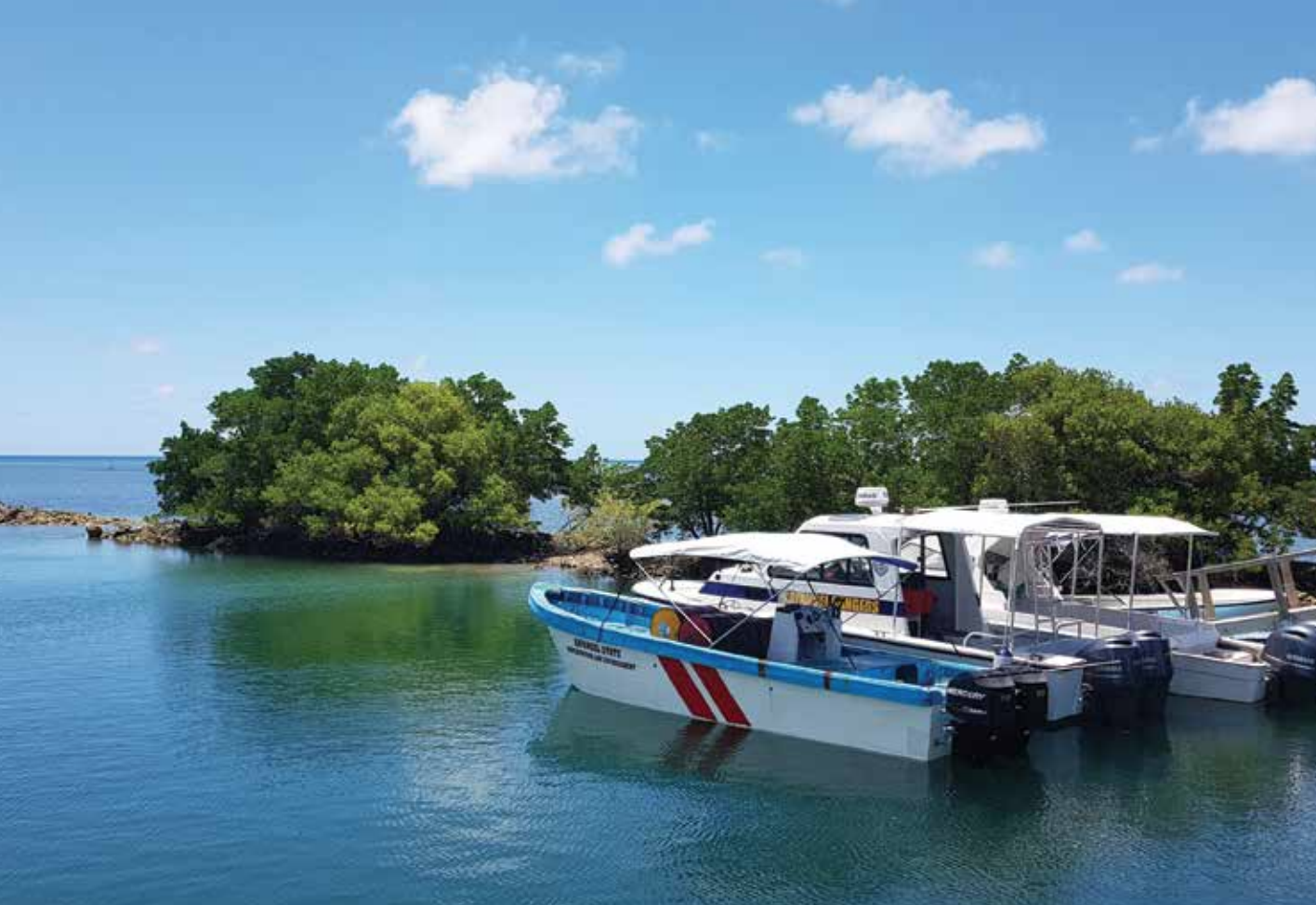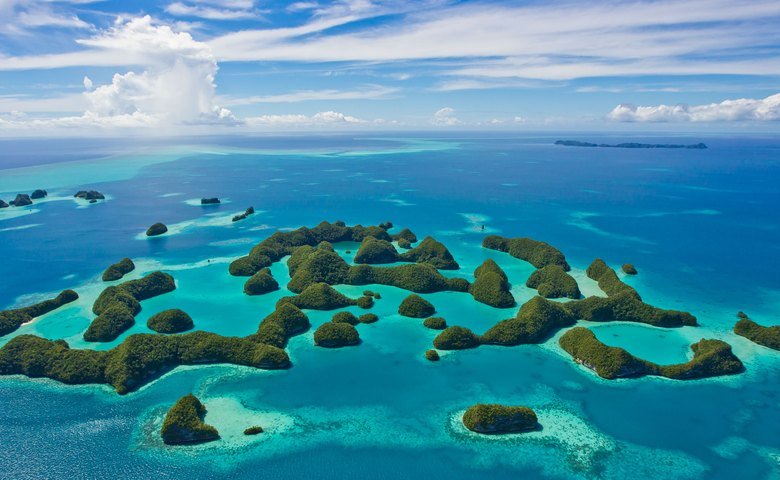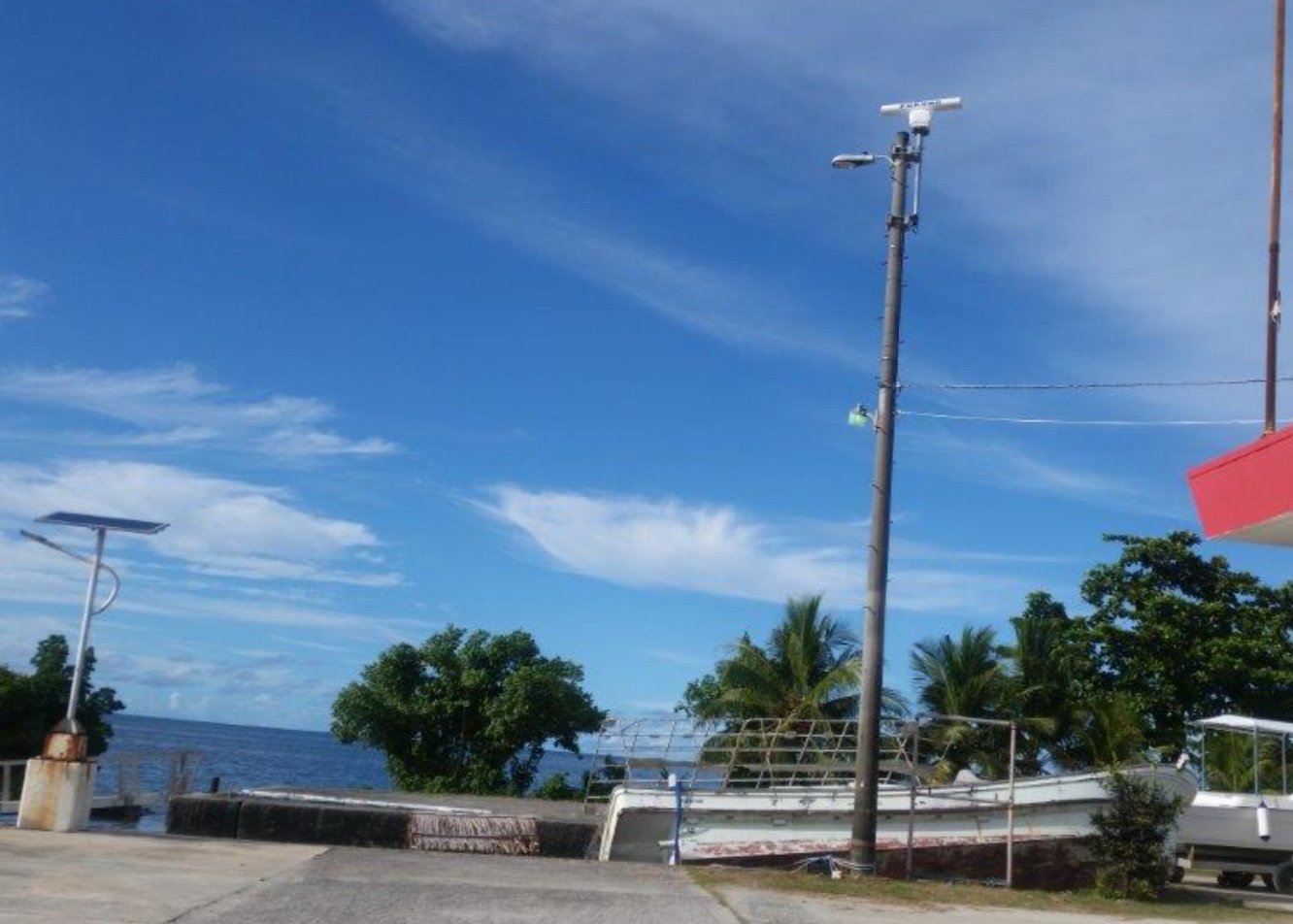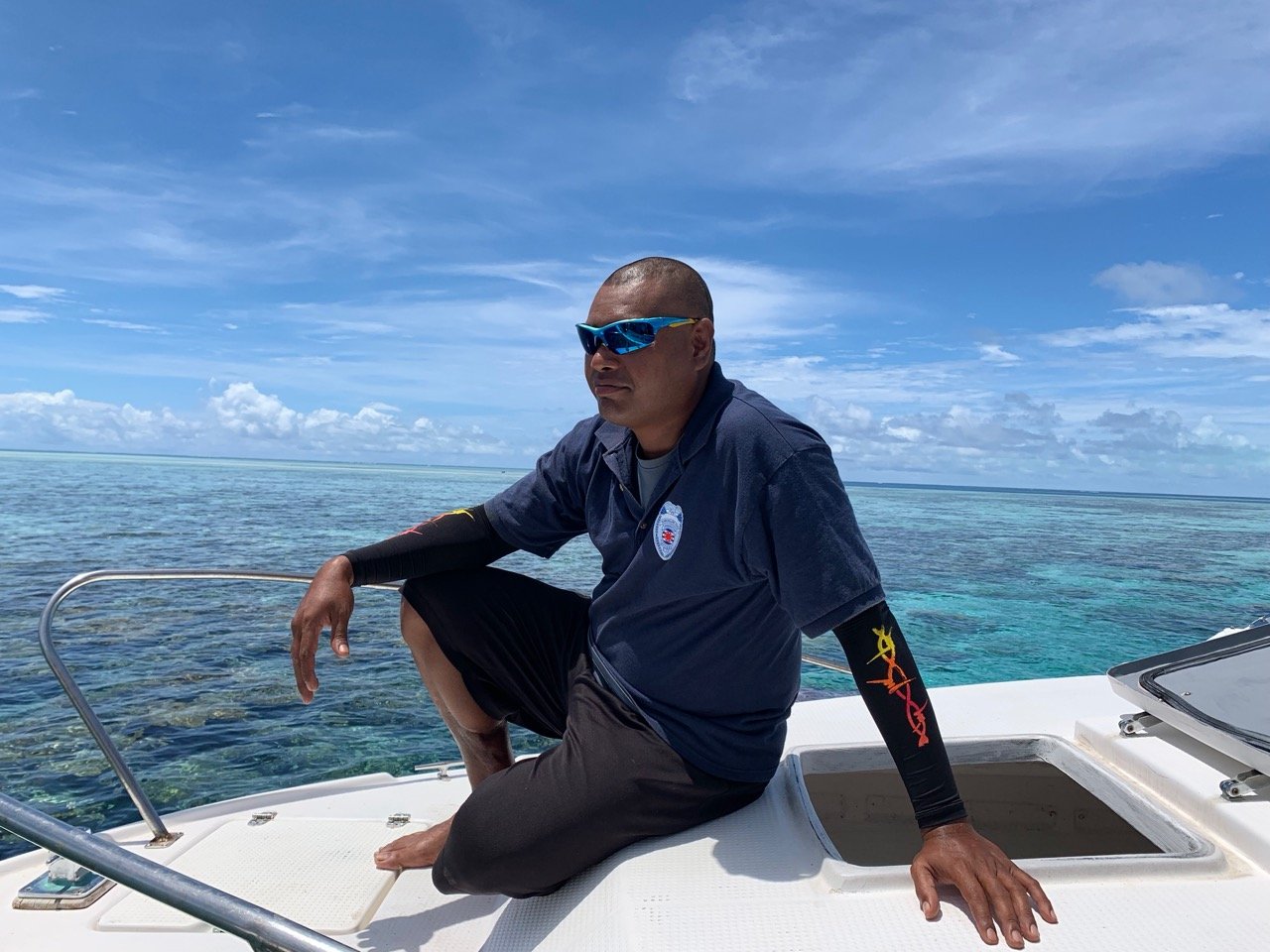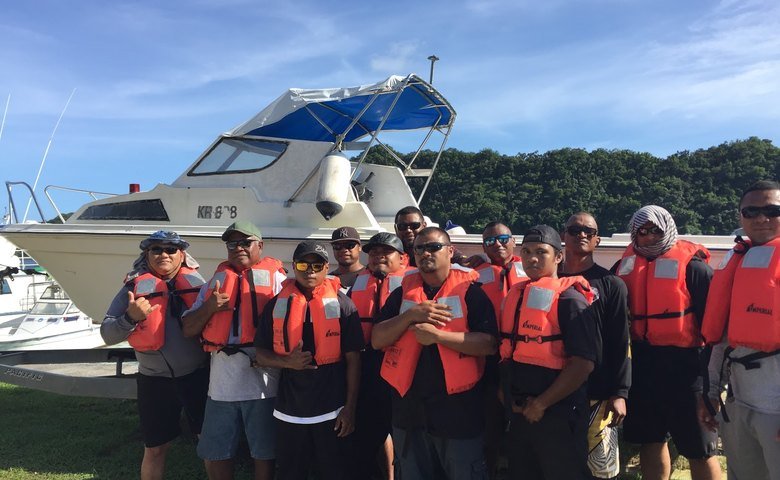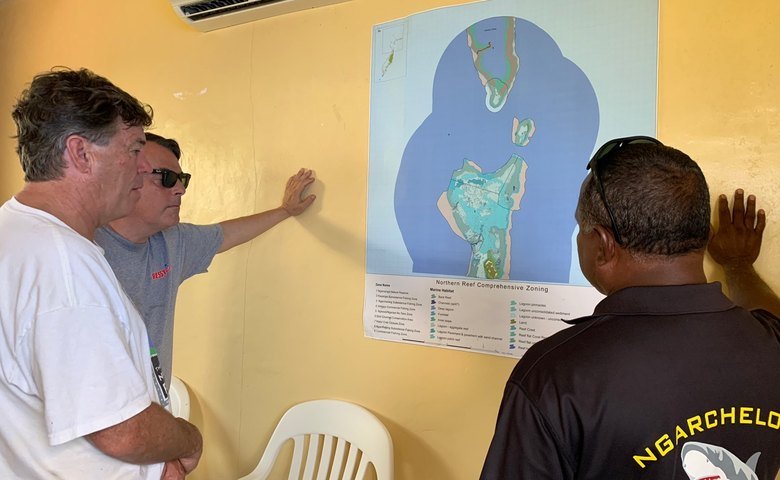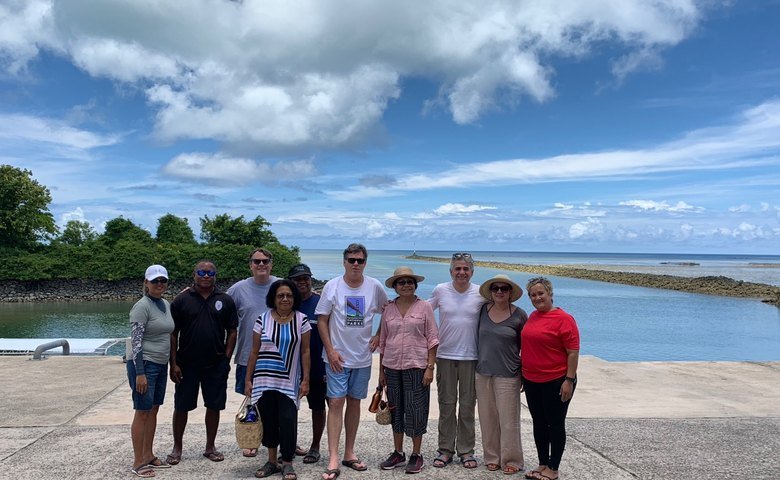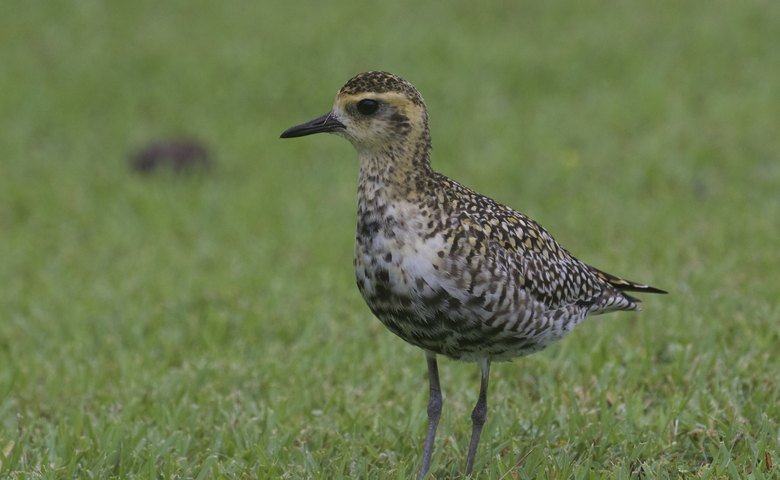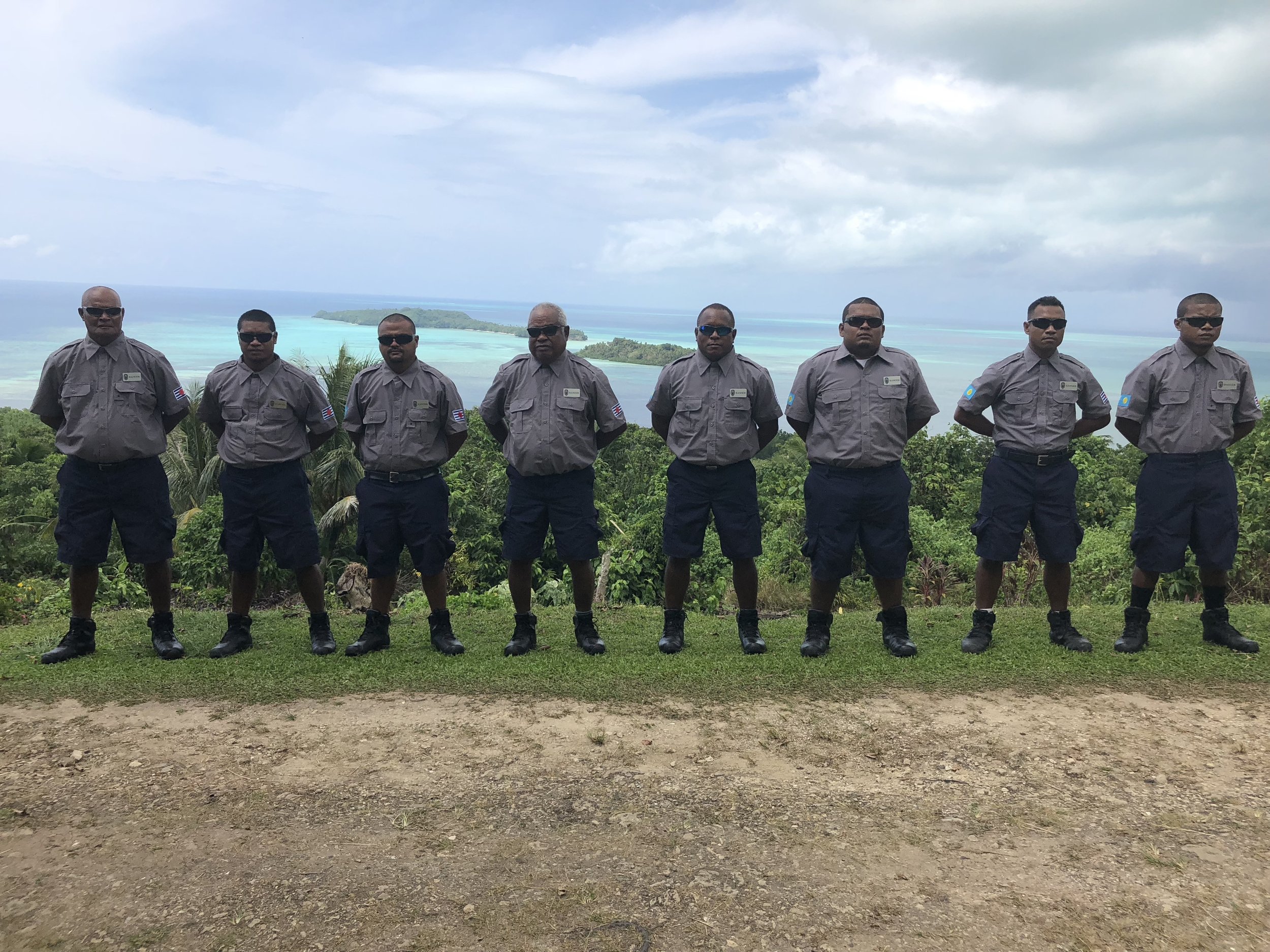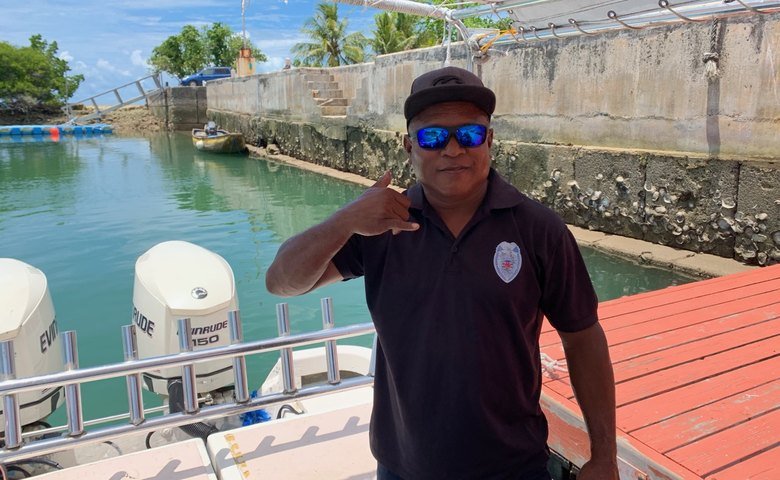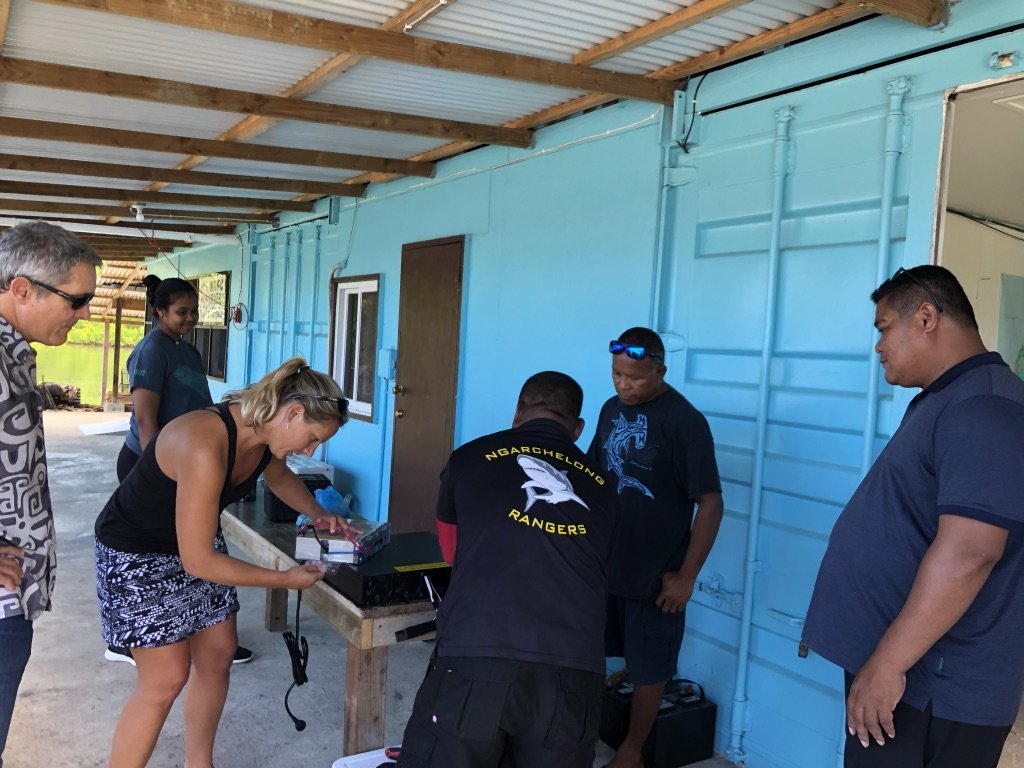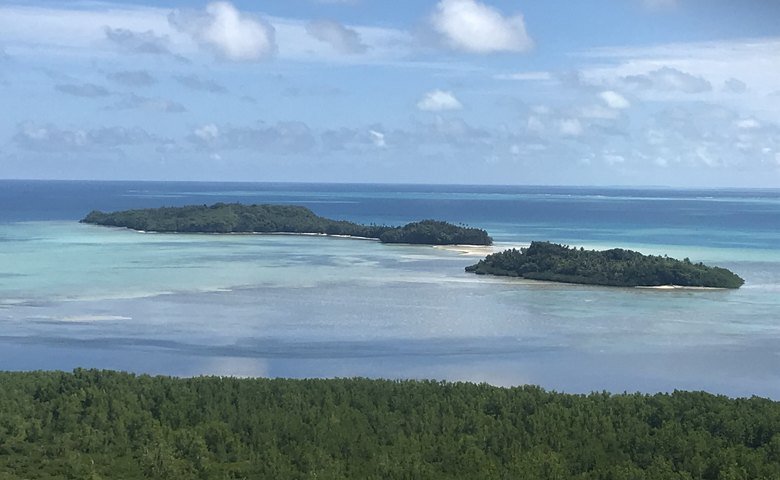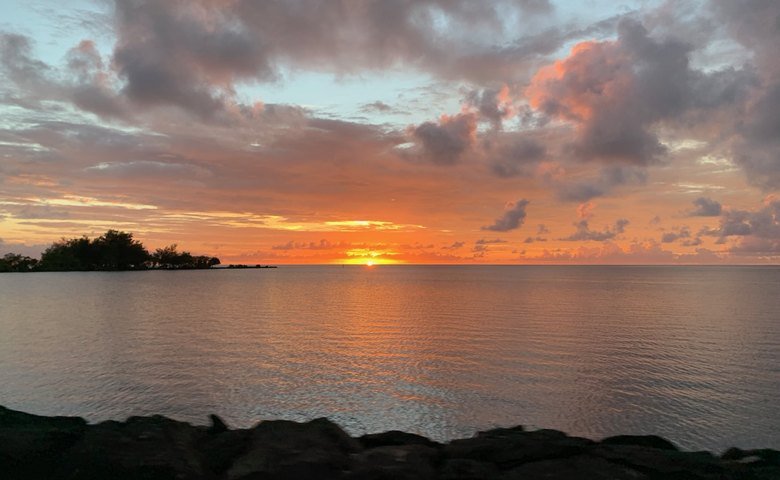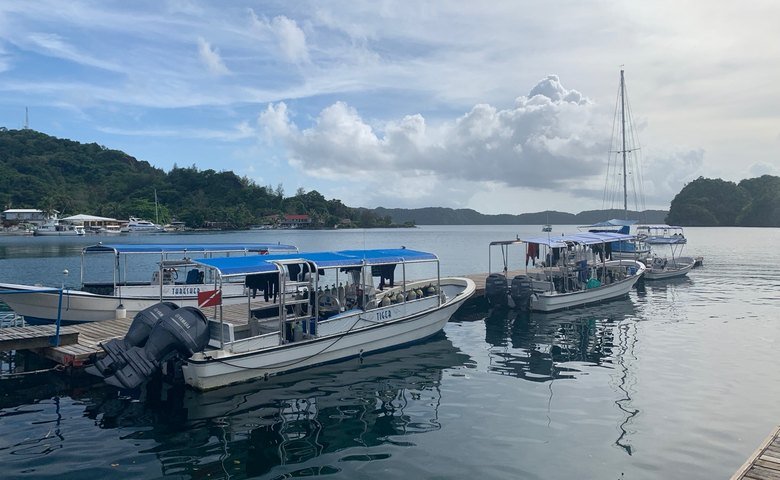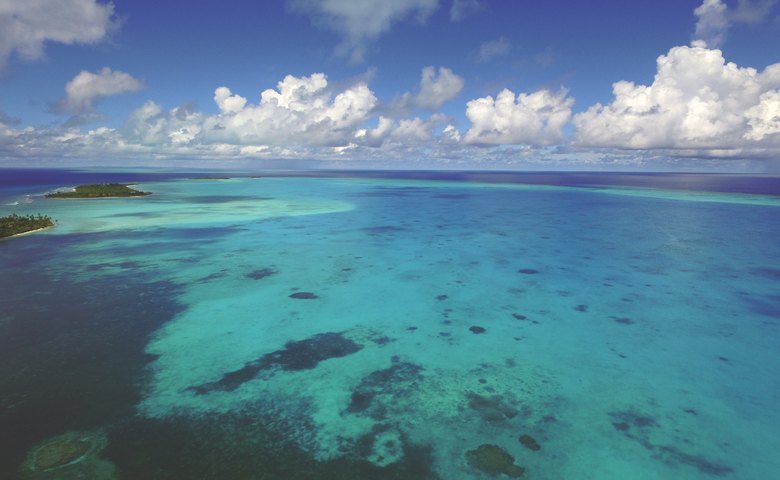Palau Northern Reefs, Micronesia
OVERVIEW
Palau's coral reefs are considered one of the seven Underwater Wonders of the World. They contain a menagerie of megafauna, from giant clams and manta rays to sea turtles, dugongs and fierce saltwater crocodiles that swim among hundreds of coral and sponge species. One look at these island oases and it’s easy to understand why Palauans are people of the sea. We’re proud to join forces with the people of Palau to help save this remarkable marine ecosystem that is so integral to Palauan identity.
SIZE
393,000 Hectares
GOAL
$360,000
VISITORS BY 2025
3,000
Introduction
“Surrounded by water, Palauans have developed a life which is inextricably linked with the oceans. We derive food, identity and traditions from our relationship with the ocean. The long-standing success of this symbiotic relationship is based on the responsibility that each Palauan is taught from childhood that they are caretakers of the sea.”
- Mr. Noah Idechong, Palau House of Delegates
Green ridges that jut out of the ocean, blanketed in pristine forest and ringed by aquamarine water that fades into a deep blue: this is the Republic of Palau, a cluster of about 340 islands in a seemingly endless stretch of water studded with atolls. This region of the Pacific Islands is called Micronesia, composed of seven island nations including Palau. Though Micronesia’s islands average less than a square kilometer in size, their combined marine territories cover an area the size of the continental United States. In total, Palau is comprised of just 460 km2 of land area, but its oceanic exclusive economic zone is 603,978 km2; in other words, Palau holds rights to more than 1300 times more water than land.
Natural History of Palau Northern Reefs
Palau’s ocean riches are many; its coral reefs are considered one of the seven Underwater Wonders of the World. In just one day, it’s possible for a diver to see a menagerie of megafauna, from giant clams and manta rays to sea turtles, dugongs and fierce saltwater crocodiles that grow up to 4.5m (15ft) long. Palau’s technicolor reefs contain more than 350 hard coral species, 200 soft corals, 300 sponges, and 1300 species of reef fish. Beyond this incredible undersea diversity, Palau also has the highest terrestrial biodiversity of all Micronesian countries with more than 1000 endemic species, including 60 endemic orchids.
Some islands contain ancient landlocked lakes filled with unique subspecies of jellyfish that were separated from their oceanic ancestors more than 12,000 years ago, at the end of the last Ice Age. Ongeim’l Tketau Jellyfish Lake on Eil Malk Island attracts thousands of snorkelers per year, who come to swim among nearly a million golden-hued, stingless jellies.
The Palauan Tradition of Ocean Protection
One look at these island oases among the brilliant blue waves and it’s easy to understand why Palauans are people of the sea. Many Palauan communities practice marine conservation as a way of life, embracing a cultural responsibility to preserve the sea for future generations. Historically, Palauan culture and oral tradition was enough to preserve Palau’s marine ecosystems.
But Micronesia is changing. Rapid sea level rise is displacing communities, impacting food security and forcing island people to migrate or alter their livelihoods. In the modern global economy, development and demand are also threatening to upset the traditional culture. In response, Palau has implemented a visionary network of marine protected areas to reduce human impact. Conservation, intricately woven into the fabric of Palauan society, is now also permanently enshrined in law.
In terms of marine conservation, Palau has become a true trailblazer, and was called a “global leader in protecting marine ecosystems” by the World Future Council. In 2009, Palau created the world’s first shark sanctuary, protecting a patch of ocean the size of France. Further, all visitors to Palau must sign an eco-pledge, agreeing to be environmentally responsible. Many types of sunscreen, which have been shown to damage coral reefs, have been banned from the country. Palau has become a model for marine protection in Micronesia and around the world.
The Northern Reefs are among the best-preserved marine areas in Palau. This patch of sea is a highly productive fishing ground and diving marvel that encompasses 393,000 ha in the states of Kayangel and Ngarchelong. Beyond reefs, this area’s diverse habitats include sandy beaches, seagrass beds, mangroves, atoll forests, and underwater channels. It is also home to the rare dugong (sea cow).
Threats to Palau Northern Reefs
Now, however, there is concern across Palau that fish stocks are declining, especially with booming tourism and the resulting demand for fresh seafood. Illegal fishing and commercial exploitation is threatening traditional communal fishing systems. In a given year, Palau faces 50 to 100 incursions by foreign pirate vessels. Some local community members also enter no-take MPAs illegally, often at night. As fish stocks decline in South Palau due to heavy domestic and international fishing, the Northern Reefs will be increasingly targeted by poachers.
Over recent years, fisheries stock assessment conducted in the waters of Kayangel and Ngarchelong showed the area is grossly overfished. According to fisheries data, nearly 70% of fish caught were immature or juvenile; fish are being caught before they have the chance to mature and reproduce. Should the situation continue as-is, the fisheries will no longer be able to support the livelihoods of communities or provide an economic benefit to Palau.
Defending Marine Protected Areas
As a result of these declines, new laws protecting critical no-take Marine Protected Areas (MPAs) were put in place across Palau in 2015. After two years of building relationships with local communities and educating people on the new laws, Marine Wardens are now making their first arrests and citations against blatant illegal fishing in the Northern Reefs with support from Global Conservation using Global Park Defense and Marine Monitor (M2).
Historically, fisheries law enforcement in the Northern Reefs has been challenging due to limited fuel and funding and the lack of resources to detect incursions and deploy enforcement at night. With Global Park Defense for Marine Protected Areas, managers can leverage proven systems to achieve no-take protection. This strategy integrates ProtectedSeas' Marine Monitor (M2) system with marine radar and thermal long-range cameras to immediately detect illegal activities day and night. Global Conservation funds OneReef in Palau to deploy these systems and support communications, vessel operations, warden training and marine warden patrolling efforts.
In Palau in 2018, Global Conservation supported rotating nine-person team patrols, over 100 boat patrols (2-3 per week), over 17,500km patrolled, ~30 illegal-fishing-related warnings and citations. Thanks to these efforts and those of our partners, there was no habitat destruction observed in 2018. Moving forward, we plan to continue improving communications systems, for example by deploying waterproof radios for each officer on each patrol vessel.
Northern Reefs MPA Protection will be presented as a model at the next Oceans Conference. Global Park Defense can be propagated to hundreds of other island and coastal MPAs around the world, a crucial response to increasing pressures on the world’s fisheries.
Within the Northern Reefs, Global Conservation is focusing on the Ebiil Conservation Area. Ebiil Channel is one of the most important fish aggregation sites in Palau, attracting large numbers of grouper from three species that migrate from surrounding waters to spawn here each year. An easy and predictable target, these grouper aggregations have been depleted by fishermen in recent years.
Consequently, local communities decided to close Ebiil to any fishing activity in the year 2000, creating a ~1,500 ha no-take zone. Since Ebiil was closed to fishermen, the results have been unmistakable: fish are now much larger and more abundant inside the MPA than outside, and coral cover is higher.
“With various technical assistance, trainings, and collaboration with OneReef, Ngarchelong State Conservation and Law Enforcement is now more effective in conducting surveillance and patrol of our protected area, as well as outreach and awareness of our marine resources.”
- Darwin Mista, Enforcement Director for Ngarchelong State
Palau is a story of hope and restoration, a testament to the power of bottom-up community engagement, and an emerging model in the Pacific for MPA protection and enforcement. We’re proud to join forces with the people of Palau to help save this remarkable marine ecosystem that is so integral to Palauan identity.
Partners in Conservation
OneReef's mission is to partner with island communities to combine traditional stewardship and modern resources to protect coral reefs. They have been working to service the financial, scientific, and technical needs of local communities for ten years, through:
Creating marine management & sustainable financing plans
Delivering trainings, tools, and infrastructure to protect reefs
Science-based monitoring for impact
Building local capacity to recover reefs for future generations
State of Ngarchelong and Government of Palau
Our government partners have been crucial allies in supporting reef protection in Palau.
Palau Northern Reefs in the News
Deutsche Welle - Pacific nation Palau first to ban 'reef-toxic' sunscreens to save coral
Pew Charitable Trusts - How the Pacific Region Paved the Path to Successful Shark Conservation
Newsweek - Under the Sea: A Diving Bucket List
Pew Charitable Trusts - Island Communities Cultivate Ocean Stewardship
Lonely Planet - Palau visitors must sign an oath promising to act responsibly
The New York Times - In Palau, Taking the Bait to Swim With Jellyfish
National Geographic - Several Nations Announce Massive Marine Reserves in the Pacific
Scientific American - An interconnected environment and economy: Shark tourism in Palau


